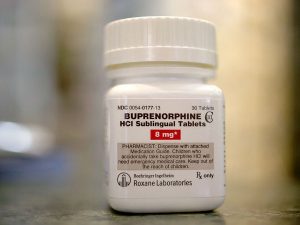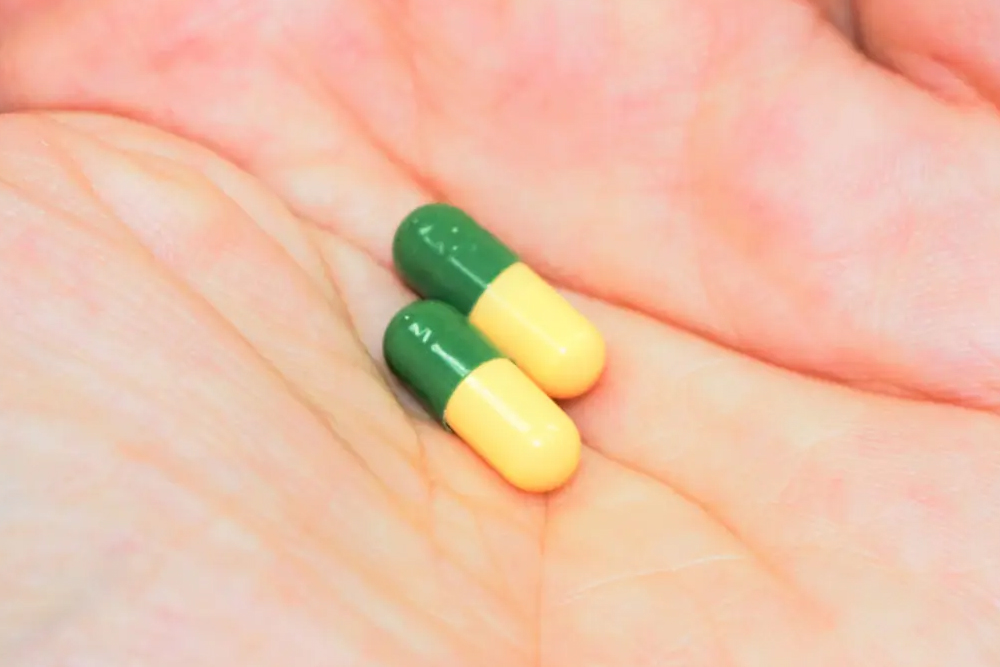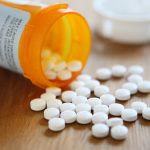If someone wants to stop using Tramadol after becoming physically dependent on it, they will possibly experience Tramadol withdrawal symptoms. This is because the brain has gotten used to having Tramadol in the system and has modified most of its operations to get accustomed to the drug’s presence.
When the body suddenly lacks Tramadol, the brain will find it challenging to adjust that it produces withdrawal symptoms. The main aim of detoxification is to reduce the damage caused by Tramadol on the body and the brain. Detox is typically achieved in several stages:
 Evaluation: During this phase, the patient’s social, psychological, and medical factors are assessed to see the best means of action for them going forward.
Evaluation: During this phase, the patient’s social, psychological, and medical factors are assessed to see the best means of action for them going forward.- Stabilization: At this juncture, the patient will receive psychological support and medical supervision to help them become substance-free.
- Encouragement for further treatment: Since Tramadol detox is not a comprehensive treatment for the patient’s substance abuse or misuse, they will require additional treatment to achieve continued recovery.
Tramadol withdrawal is often the same as other opioid drugs, and the symptoms are typically similar. Anyone who is about to go through detox and withdrawal from Tramadol may experience symptoms such as:
- Gastrointestinal problems
- Depression
- Nausea
- Hallucinations
- Insomnia
- Muscle pain
Due to the uncomfortable and painful nature of Tramadol withdrawal symptoms, most medical professionals advise users to gradually taper off the drug instead of quitting cold turkey. This method is more effective for reducing the severity of the withdrawal symptoms produced by this medication. For this reason, a medically supervised detox program is the best option for anyone trying to stop Tramadol use. With such a program, recovering individuals can get the necessary medical guidance and assistance to help them stop using Tramadol in a safe environment within a realistic duration.
Tramadol withdrawal and dependence can be best handled through a highly comprehensive medical detox. Chronic Tramadol abuse impacts the areas of the brain responsible for impulse control and feeling pleasure, so people dependent on this medication may want to continue using the drug or relapse to ease the withdrawal symptoms. Some intense Tramadol withdrawal symptoms such as drug cravings and depression can be handled using certain medications in medical detox.
The FDA has authorized three kinds of medications to aid with opioid withdrawal: naltrexone, Buprenorphine, and methadone. These drugs can alleviate Tramadol withdrawal symptoms, handle cravings, and keep the individual from going back to using the medication. These drugs contribute specific beneficial effects during medical detox for Tramadol in various ways.
Naltrexone
This drug is categorized as an opioid antagonist. Ideally, it is used after the patient has undergone early withdrawal when Tramadol has been eliminated from the system to preserve abstinence from opioids. Products of Naltrexone include Depade, ReVia, and Vivitrol, and they function by inhibiting the activation of the opioid receptors by opioids.
Buprenorphine
 This is a partial opioid agonist that is long-acting, meaning it attaches to the opioid receptors in the brain longer than Tramadol does. On the other hand, since it is simply a partial agonist, it does not trigger those receptors similarly. Even though it can help reduce the withdrawal symptoms produced by Tramadol, it does not make the user feel high or give off any mind-altering reactions. Buprenorphine can also create a plateau effect in the user in that if they try to take more than the dosage advised, the medication ceases to give off any effects. This decreases the need to abuse it. There are four buprenorphine medications that the FDA has approved for treating opioid dependency. These include Subutex, Suboxone, Bunavail, and Zubsolv.
This is a partial opioid agonist that is long-acting, meaning it attaches to the opioid receptors in the brain longer than Tramadol does. On the other hand, since it is simply a partial agonist, it does not trigger those receptors similarly. Even though it can help reduce the withdrawal symptoms produced by Tramadol, it does not make the user feel high or give off any mind-altering reactions. Buprenorphine can also create a plateau effect in the user in that if they try to take more than the dosage advised, the medication ceases to give off any effects. This decreases the need to abuse it. There are four buprenorphine medications that the FDA has approved for treating opioid dependency. These include Subutex, Suboxone, Bunavail, and Zubsolv.
These medications all have Buprenorphine in combination with Naloxone, an opioid antagonist. In case the user abuses the drug, the Naloxone component triggers withdrawal symptoms, which deters the individual from abusing the medication further. Buprenorphine medications with Naloxone can be beneficial in preventing relapse in recovering Tramadol users and work optimally when used after the early phases of medical detox.
Methadone
 This drug is also an opioid agonist that is long-acting with a 59-hour half-life, one of the most prolonged action periods. This characteristic makes it a good substitution alternative for Tramadol, a short-acting opioid medication, because it remains in the person’s body for much longer, preventing withdrawal symptoms. However, methadone is still categorized as an opioid and has a potential for addiction, abuse, and dependency; therefore, one should maintain caution when using it. This drug can be used for patients undergoing long-term therapy to maintain sobriety. Since it is a potent opioid, it also has to be gradually reduced to prevent the likelihood of intense withdrawal symptoms.
This drug is also an opioid agonist that is long-acting with a 59-hour half-life, one of the most prolonged action periods. This characteristic makes it a good substitution alternative for Tramadol, a short-acting opioid medication, because it remains in the person’s body for much longer, preventing withdrawal symptoms. However, methadone is still categorized as an opioid and has a potential for addiction, abuse, and dependency; therefore, one should maintain caution when using it. This drug can be used for patients undergoing long-term therapy to maintain sobriety. Since it is a potent opioid, it also has to be gradually reduced to prevent the likelihood of intense withdrawal symptoms.
Mild Tramadol withdrawal can be treated using aspirin, Tylenol, and non-steroidal anti-inflammatory medications like ibuprofen. Drugs such as loperamide can be used for diarrhea, while hydroxyzine can be beneficial for nausea. Patients experiencing more severe withdrawal symptoms might need other medications or be hospitalized. Clonidine is one of the drugs used in inpatient settings for alleviating withdrawal symptoms such as sweating, restlessness, muscle aches, cramping, and anxiety.
During a medically-supervised Tramadol detox, qualified medical staff can utilize various supplements or recommended drugs to address specific withdrawal symptoms. Pharmaceutical management and medication can be pretty helpful to alleviate Tramadol withdrawal symptoms and help the patient achieve some degree of physical stability. Therapeutic and holistic approaches can help recovering users better manage their cravings, stress, and mood changes. The ideal way to treat Tramadol dependence, abuse, or addiction is through a combination of supportive, pharmacological, and therapeutic methods.













